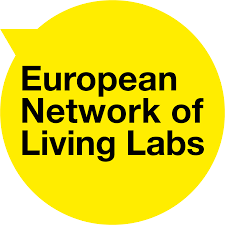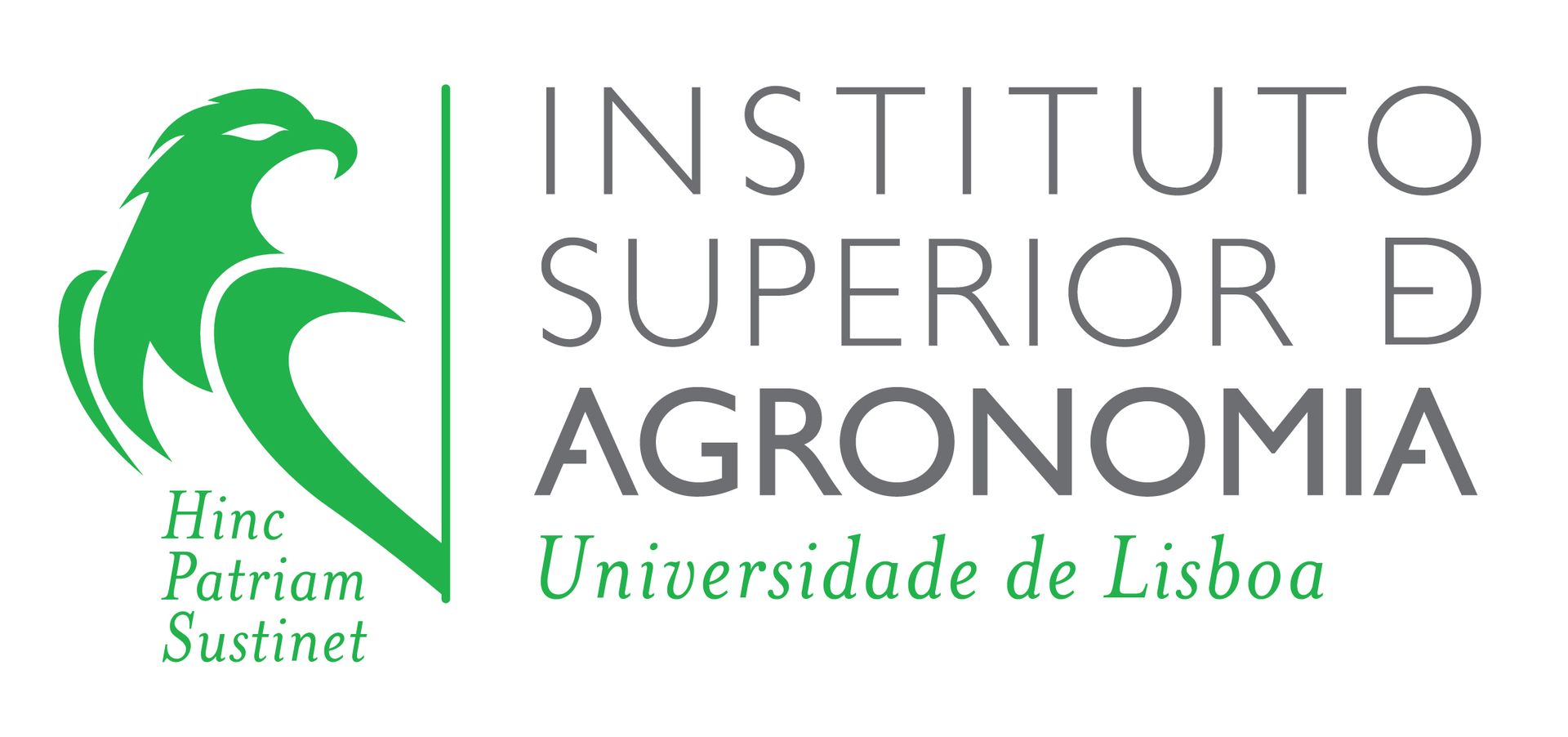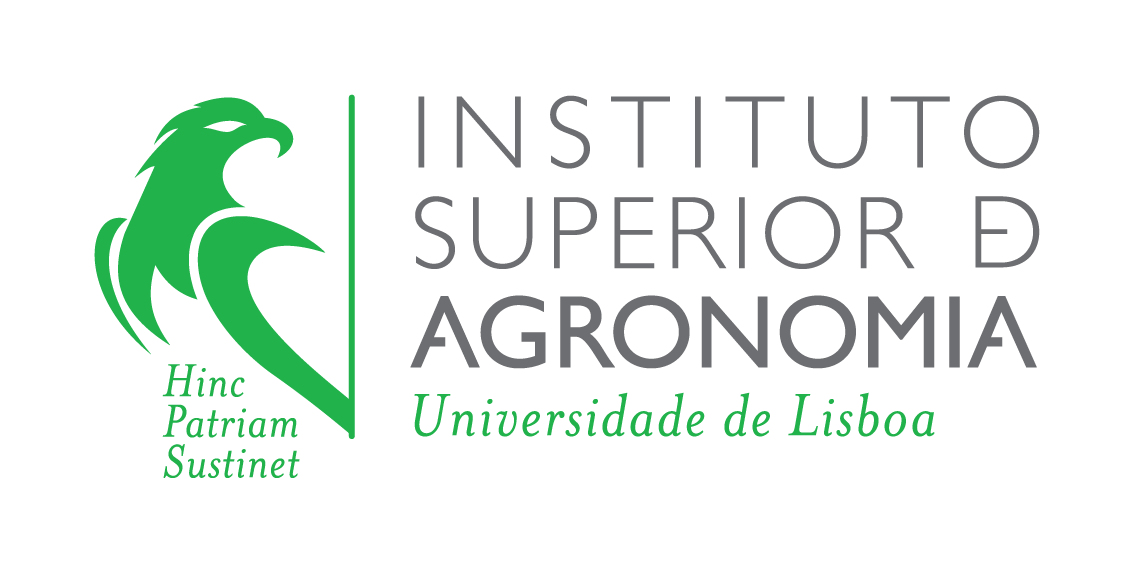Coffee Leaf Rust Research - CIFC/ISA
Contribution to Science
The CIFC/ISA germplasm collections, a valuable resource for fundamental and applied research, have been instrumental in advancing our understanding on coffee diseases, particularly leaf rust and coffee berry disease caused by the fungi Hemileia vastatrix and Colletotricum kahawae, respectively. By studying a vast array of coffee genotypes and fungal pathotypes from different geographical origins, researchers at CIFC/ISA have identified genes for disease resistance and elucidated key plant defense mechanisms. This research, coupled with the characterization of pathogen genetic variability and virulence evolution has directly supported breeding programs in coffee-growing countries, strengthening sustainable coffee production.
Societal Impact
By actively supporting coffee breeding programs in coffee-growing countries, CIFC/ISA has played a crucial role in developing disease-resistant coffee varieties. This has significantly reduced agricultural losses and reliance on fungicides, promoting more sustainable coffee production worldwide and improving food security. These efforts have positively impacted on the livelihoods of millions of coffee producers. CIFC’s research has driven the adoption of more sustainable and environmentally friendly agricultural practices, fostering long-term benefits for coffee producers and the planet. Additionally, the CIFC/ISA team actively engages in training programs for scientists and technicians from coffee-growing countries, fostering capacity building and enhancing expertise within these regions.
Application in Education
The CIFC/ISA collections provide an invaluable resource for students and researchers seeking to study agrobiodiversity and advance their knowledge in coffee pathology, with a particular focus on understanding pathogen genetic variability and evolution, mechanisms of pathogenicity, and plant defense responses. These collections serve as a valuable tool for teaching practical skills, including plant inoculation, disease assessment, data analysis, and application of advanced technologies, besides providing an experimental model of plant-pathogen co-evolution.
Notable Facts / Curiosities
Historical Significance: The threat posed by leaf rust to world coffee production led the Governments of the USA and Portugal to establish CIFC in Portugal in 1955, building on the pioneering work of its founder, Prof. Branquinho d’Oliveira.
Global Network for Research on Coffee Main Diseases: Since its establishment, CIFC/ISA has established an international research network comprising over 40 coffee-growing countries, focusing on leaf rust and coffee berry disease (since 1989). This network also incorporates European and national research institutions.
Unique Genetic Resources: CIFC holds an invaluable heritage of germoplasm collections of over 1000 coffee genotypes, along with 780 isolates of Hemileia vastatrix, and 120 isolates of Colletotrichum spp. including C. kahawae from a wide range of geographic origins. These collections, unique in the world, are a key resource for all the scientific activities developed at CIFC/ISA.
Global Impact: Over 90% of Arabica coffee varieties resistant to leaf rust cultivated worldwide originate from research conducted at CIFC.
Extreme dates: 1951 - to date
Context of creation/collection: Germplasm of coffee (Coffea spp.), pathogenic fungi (Hemileia vastatrix and Colletotrichum kahawae), and nonpathogenic fungi isolated from coffee (Colletotrichum spp.) isolated from coffee plants - received from research institutions in coffee-growing countries.
Geographical context: coffee-growing countries in Africa, Asia, Latin America and Oceania
Dimensions: 1000 coffee genotypes, 780 isolates of H. vastatrix, and 120 isolates of Colletotrichum spp. including C. kahawae.
Contact: Dr. Maria do Céu Silva (mariaceudasilva@gmail.com)





